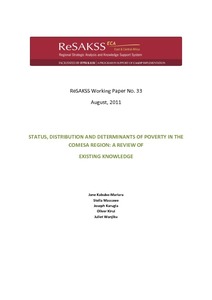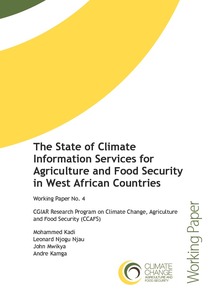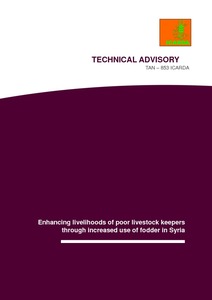Spatial modeling the impact of livestock grazing, fire management and wood cutting on the structure of savana woodland vegetation
The role of risk management in pastoral policy evaluation and poverty reduction
Characterization and conservation of indigenous sheep genetic resources: A practical framework for developing countries
Livestock characterization projects in developing regions are characterized by a mere physical description of traditionally recognized populations or a purely academic genetic description of populations. However, characterization of livestock resources is meant to serve the purpose of developing conservation and utilization programs. A national characterization project should be geared to the specific national livestock production objectives.
Status, distribution and determinants of poverty in the COMESA region: A review of existing knowledge
Poverty and vulnerability are among the major problems in Eastern and Southern Africa (ESA). To design appropriate poverty reduction initiatives for the region, it is not only important to understand the distribution of poverty but also the determinants. Various reports have documented information on the status, distribution and determinants of poverty in each of the countries.
Sustainable management of globally significant endemic ruminant livestock in West Africa (PROGEBE): Summary for decision making—The Gambia
The state of climate information services for agriculture and food security in West African countries
Neighbourhood Disputes (Dividing Fences and Trees) Act 2011.
The objects of this Act, consisting of 99 sections divided into six Chapters and completed by one Schedule, are: a) to provide rules about each neighbour’s responsibility for dividing fences and for trees so that neighbours are generally able to resolve issues about fences or trees without a dispute arising; and b) to facilitate the resolution of any disputes about dividing fences or trees that do arise between neighbours.
The Forgotten Billion: MDG achievement in the Drylands
As the world reviews its progress in tackling global poverty and achieving the Millennium Development Goals (MDGs), drylands can no longer be ignored. Drylands account for more than a third of the world’s land surface and more than 2 billion of its people. Yet for too long, drylands and their inhabitants have been neglected in development processes.












